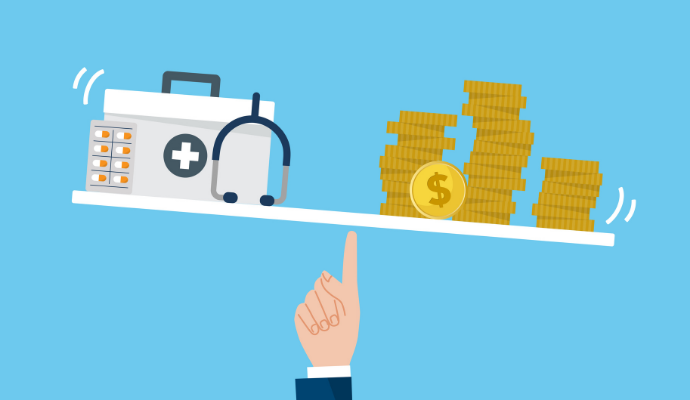Health Savings Accounts Do Not Control Enrollee Healthcare Spending
As healthcare costs skyrocket, health savings accounts are no longer producing the unique financial barriers that were intended to prevent healthcare spending.

Source: Getty Images
- Health savings accounts were designed to create a more healthcare cost-conscious populace, but research indicates that these plans may fail to support that goal, according to an analysis published in Health Affairs.
“We argue that the HSA policy not only is highly regressive, as critics have long argued, but is even worse because HSAs no longer do what their proponents said they would: increase cost-consciousness, and therefore efficiency,” the researchers stated.
The researchers used National Health Interview Survey (NHIS) data to assess their claims.
The Medicare Prescription Drug, Improvement, and Modernization Act of 2003 created the model of a health savings accounts linked to an HDHP. Originally, the law had benefits for the very well and the very sick.
“For people in good health who anticipate having relatively low spending, the ability to use tax-advantaged HSA funds for out-of-pocket spending can effectively reduce cost sharing for routine expenses compared to a plan with a more modest deductible and no savings account,” the researchers explained.
“For people in poor health who anticipate very high expenses, an HSA-qualified high deductible plan with an out-of-pocket maximum will lower the level of total health care spending at which insured people reach a zero out-of-pocket price for care compared to a plan with a lower deductible and the same coinsurance and out-of-pocket maximum.”
While HDHPs with health savings accounts are regulated for inflation so that their cost-sharing measures do not change much over time, health plans without health savings accounts have been subjected to the growing inflation.
As a result, employer-sponsored health plans without health savings accounts watched the average deductibles grow from $563 in 2007 to $1,153 in 2018, while HDHPs health savings accounts saw average deductibles grow from $2,117 to $2,349 over the same time period. The difference between the two plan deductibles shrunk from over $1,550 to less than $1,200.
“Many Americans today have deductibles above the HSA limit but without an HSA option. Overall, Americans who do not qualify for the tax break face much higher deductibles than in the past,” the researchers explained.”
Deductibles are not the only measure that has experienced this change. Out-of-pocket maximums have also become more similar between plans with and without a health savings account.
While the Treasury Department has extended tax benefits to certain preventive services, including dental treatments and menstrual care products, the health savings account tax break design does not produce savings through higher deductibles or by producing a more healthcare cost-conscious populace.
To assess the difference between barriers to care in health plans with health savings accounts compared to those without health savings accounts, the researchers looked at reported barriers in the NHIS data among non-elderly adults with and without health savings account coverage.
The researchers found that the health savings accounts initially created financial barriers to care. However, over time financial barriers in health plans with health savings accounts declined and doctor visits became more common.
As a result, higher-income Americans have fewer financial barriers to care and are more likely to use more services. The researchers found that 16 percent of higher-income workers in 2014 contributed to their health savings accounts, compared to five percent of lower-income workers. Higher-income individuals also contributed nearly three times as much as lower-income individuals.
“People who have HDHPs with HSAs are no longer less able to afford care, and in some cases they are more able to afford care, than their counterparts in other private plans. Among better-off and better-educated people, there is no longer any meaningful difference between those with and those without HDHPs combined with HSAs,” the researchers concluded.
